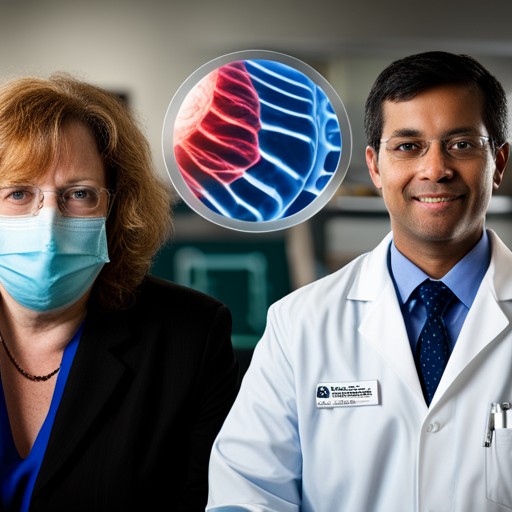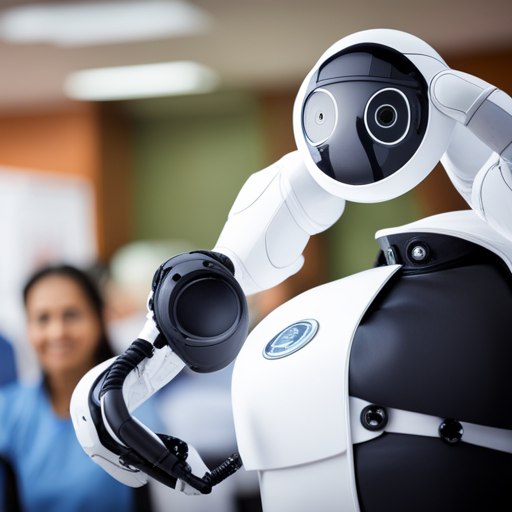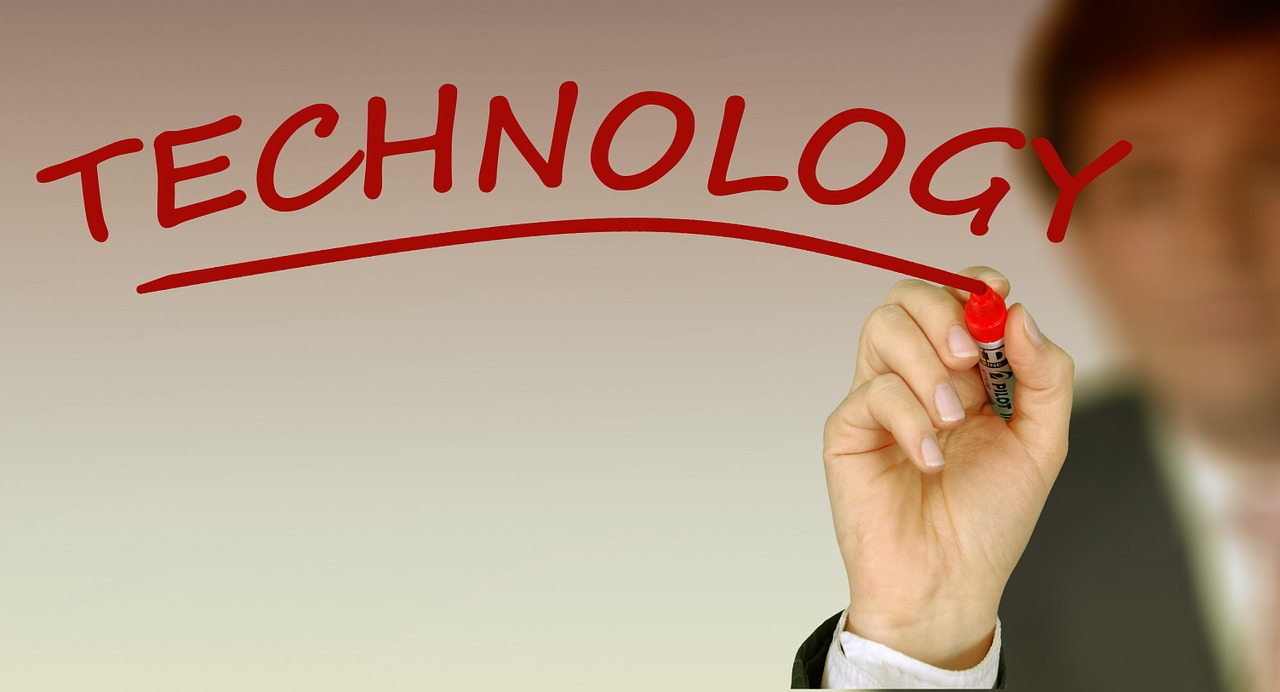Introduction to the future of health
As we rapidly approach 2023, the future of health is becoming increasingly apparent. The healthcare industry is undergoing a massive transformation driven by innovative technologies and a growing understanding of human biology. In this article, we will delve deep into the health trends shaping 2023 and explore the cutting-edge technologies that are redefining the healthcare landscape. From artificial intelligence to robotics, telemedicine to genomics, these breakthroughs are poised to revolutionize the way we diagnose, treat and manage health conditions, ultimately leading to better patient outcomes and improved overall population health.
Health trends shaping 2023
The health trends of 2023 will be shaped by a variety of factors, including advances in technology, big data, and personalized medicine. As we look ahead, we must consider the ways in which these trends will impact healthcare providers and the patients they serve.
One trend that is quickly gaining momentum is the shift towards preventative care. With a focus on maintaining good health and preventing illness, this approach seeks to reduce the burden on healthcare systems and improve quality of life for individuals. This is being facilitated by the rise of wearable health technology, which allows for constant monitoring of vital signs and other health metrics.
Another significant trend is the increasing reliance on data-driven decision-making. With the proliferation of electronic health records and the rise of advanced analytics tools, healthcare providers are becoming better equipped to make informed decisions about patient care. This will likely result in more targeted and effective treatments, as well as the identification of potential health risks before they become problematic.

The Role of artificial intelligence in Healthcare
Artificial intelligence (AI) is poised to play a crucial role in the future of health, particularly in the realms of diagnostics, treatment planning, and personalized medicine. AI algorithms have the capacity to analyze vast amounts of data at incredible speeds, uncovering patterns and insights that may have otherwise gone unnoticed.
One of the most promising applications of AI in healthcare is its potential to revolutionize the way we diagnose diseases. For example, AI-powered imaging analysis tools can quickly and accurately identify abnormalities in medical images, such as tumors or lesions, potentially leading to earlier detection and treatment of various health conditions.
Furthermore, AI can assist healthcare providers in developing personalized treatment plans for their patients. By analyzing an individual’s unique genetic makeup and medical history, AI-driven systems can potentially identify the most effective therapies and interventions, minimizing the risk of adverse side effects and improving patient outcomes.
Lastly, AI can play a significant role in drug discovery and development, as it can rapidly sift through massive amounts of data to identify potential drug candidates and predict their effectiveness. This can significantly reduce the time and resources required to bring new medications to market, ultimately benefitting patients in need.
Telemedicine and remote patient monitoring
Telemedicine and remote patient monitoring are transforming the way healthcare is delivered, particularly in rural and underserved areas. As internet connectivity and digital health tools become more widely available, patients can now access healthcare services from the comfort of their own homes.
Telemedicine refers to the use of telecommunications technologies to provide healthcare services remotely. This can include virtual consultations with healthcare providers, remote monitoring of vital signs, and even remote surgeries performed using robotics. In 2023, we can expect to see telemedicine become increasingly mainstream, as more healthcare providers adopt these technologies and patients become more comfortable with the concept.
Remote patient monitoring, on the other hand, involves the use of wearable devices and sensors to track a patient’s health data in real-time. This information can be transmitted to healthcare providers, who can then intervene if necessary or adjust the patient’s treatment plan accordingly. As wearable health technology continues to advance, we can anticipate that remote patient monitoring will play a significant role in the future of healthcare, particularly in the management of chronic conditions.
Personalized medicine and Genomics

Personalized medicine, also called precision medicine, is an emerging approach to healthcare that considers an individual’s unique genetic makeup, lifestyle, and environment. By understanding the specific factors that contribute to a patient’s health, personalized medicine aims to provide more targeted and effective treatments, ultimately leading to better patient outcomes.
Genomics, the study of an individual’s complete set of DNA, plays a critical role in personalized medicine. As our understanding of the human genome continues to expand, we are now able to identify specific genetic variations that can influence an individual’s risk of developing certain diseases or their response to particular medications. In 2023, we can expect to see genomics become increasingly integrated into healthcare practice, as more healthcare providers begin to adopt genetic testing and other advanced diagnostic tools.
The rise of wearable health technology
Wearable health technology, which includes devices such as fitness trackers, smartwatches, and heart rate monitors, has experienced a surge in popularity in recent years. These devices can continuously collect and analyze health data, providing users with valuable insights into their physical wellbeing.
In 2023, we can expect wearable health technology to become even more sophisticated, offering a wider range of health metrics and improved accuracy. Additionally, as more healthcare providers begin to recognize the potential benefits of wearable health technology, we may see greater integration of these devices into healthcare practice.
One potential application of wearable health technology in the future of healthcare is its use in remote patient monitoring. By providing healthcare providers with continuous, real-time data on their patients’ health, wearable devices can help to facilitate more proactive and personalized care.
Robotics and automation in healthcare

Robotics and automation are poised to play a significant role in the future of healthcare, with potential applications ranging from surgical assistance to medication dispensing. In 2023, we can expect to see the continued development and adoption of robotic systems within the healthcare sector.
One area in which robotics has already made a significant impact is surgery. Robotic surgical systems, such as the da Vinci Surgical System, have been used in thousands of procedures worldwide, offering benefits such as increased precision and reduced recovery times for patients. As these technologies continue to advance, we can anticipate that robotic-assisted surgeries will become increasingly commonplace.
Automation also holds promise in the realm of medication management. Automated pharmacy systems, for example, can streamline the process of dispensing and administering medications, reducing the risk of errors and improving patient safety. As the healthcare sector continues to face increasing pressures, the adoption of robotics and automation technologies can help to alleviate some of the burden on healthcare providers.
Virtual Reality and augmented reality in medical training
Virtual reality (VR) and augmented reality (AR) technologies have the potential to revolutionize medical education and training. By immersing students and healthcare professionals in realistic, interactive scenarios, VR and AR can offer a more engaging and effective learning experience.
In 2023, we can expect to see the continued development and adoption of VR and AR technologies within the healthcare sector. Medical schools and training institutions may begin to incorporate these technologies into their curricula, allowing students to practice surgical techniques or diagnose virtual patients in a safe and controlled environment.
Additionally, VR and AR can be used for ongoing professional development, enabling healthcare providers to refresh their skills or learn new techniques without the need for costly and time-consuming workshops or conferences.
Blockchain technology for secure health data
Blockchain technology, best known for its role in cryptocurrencies such as Bitcoin, has significant potential applications within the healthcare sector. With its decentralized, tamper-proof structure, blockchain can offer a secure and transparent means of storing and sharing health data.
In 2023, we can anticipate that blockchain technology will become increasingly integrated into the healthcare sector, particularly in the realm of electronic health records. By providing a secure and efficient means of storing and sharing patient data, blockchain can help to improve interoperability between healthcare providers, streamline the process of data exchange, and enhance patient privacy.
Furthermore, blockchain has the potential to facilitate the tracking of pharmaceuticals throughout the supply chain, helping to combat issues such as counterfeit drugs and medication shortages.
Preparing for the future of Health in 2023
The future of health in 2023 will be characterized by rapid technological advancements and the adoption of innovative solutions within thehealthcare industry. As healthcare providers and patients alike prepare for this transformation, it is important to recognize the potential benefits and challenges presented by these new technologies.
The rise of wearable health technology, telemedicine, and remote patient monitoring will allow for more personalized and proactive care, while AI and genomics offer the potential for more targeted and effective treatments. Robotics and automation technologies can help alleviate the burden on healthcare providers, while VR and AR can revolutionize medical education and training. Finally, blockchain technology can offer a secure and transparent means of storing and sharing health data.
However, with these exciting developments come new challenges. Healthcare providers will need to adapt to new technologies and workflows, while patients must navigate a rapidly changing landscape of healthcare services. Additionally, concerns around data privacy and security will need to be addressed as more health data is collected and shared.
Overall, the future of health in 2023 is promising. By embracing these innovative technologies, we can improve patient outcomes, enhance the patient experience, and ultimately, improve population health. As we move forward towards this exciting future, it is important that healthcare providers, policymakers, and patients work together to ensure that these new technologies are utilized in a safe, effective, and equitable manner.
Stay up to date with the latest health technology developments by following our blog and consulting with your healthcare provider about the best options for your health needs.

